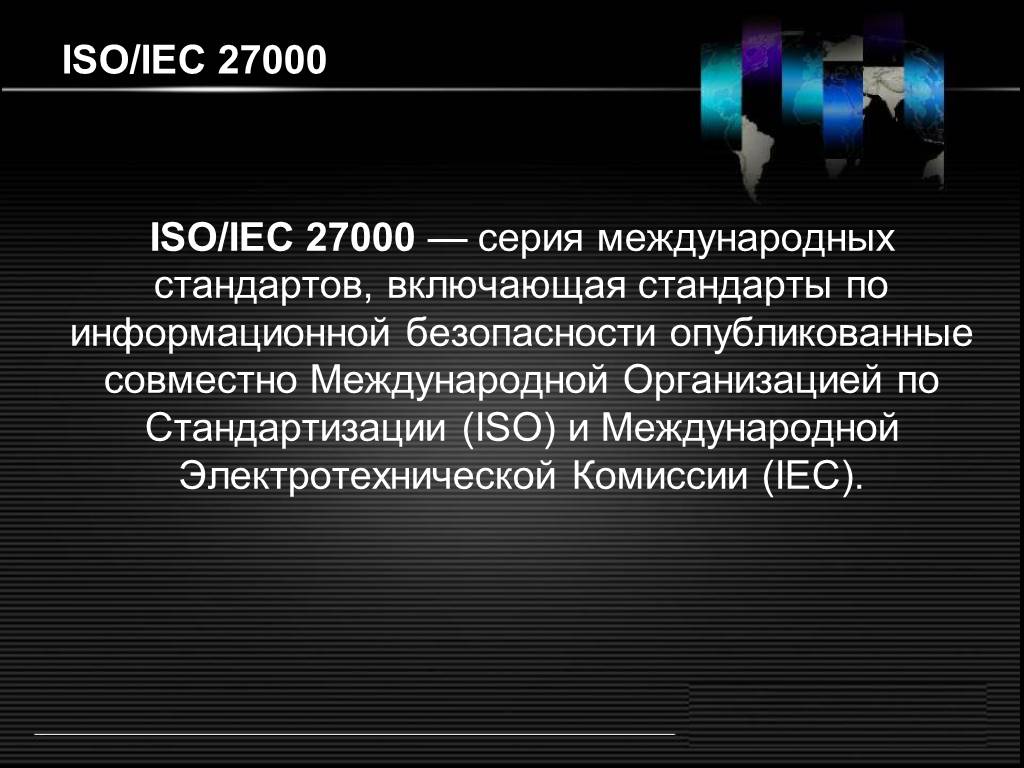The ISO 27000 Certificate is a standard way to show potential clients which you can trust to protect your data. If you are wondering how the audit works or what details you need to document, this article lists the answer in steps.
The ISO 27000 series of standards acted by the International Organization for Standardization (ISO) and the International Electrotechnical Commission to help businesses to improve their security information by building a solid information security management system (ISMS).
It designs to reduce the risk in three pillars of ISMS Information Security: people, processes, and technology. The ISO/IEC 27000 series contains 46 individual standards, including ISO 27000 itself.
The essential part of it is ISO 27001, which details the requirements for implementing ISMS. ISO IEC 27001:2013 is the only standard in the ISO 27000 series that companies can audit and certify.
You cannot comply with all the ISO standards in your organization; it’s helpful to understand ISO 27000 and its core principles, including requirements for building an ISMS.
How can you get ISO 27000 certification?
It is optional to obtain a certificate for ISO 27001 that is complex or extremely expensive. It requires senior managers, time, effort, and help. You also need to do proper documentation and forms. Here are the six steps in detail;
Step 0. Decision
Senior managers should always decide on ISO 27000 implementation and support it in each step.
Step 1. Defining Scope of Implementation
There is a need to define the scope of implementation for all other teams working under the manager with the operational and functional boundaries.
Step 2. Documentation
Like ISO 9000, ISO 27000 requires comprehensive documents to resolve all applicable milestones and administrative, technical, and physical control/safety measures. In addition, these documents will help check whether or not the organization meets ISO 27000 requirements.
These documents are in the form of policies, standards, procedures, and guidelines to ensure that the business effectively acts on ISO needs.
ISO 27002 Standard will significantly help to produce such documents, but it is not necessary to select control/security arrangements from the ISO 27002 text.
- ISO/IEC 27001: 2013 requires at least 15 different documents:
- Scope of ISMS (item 4.3)
- Policy (item 5.2)
- IS Risk Assessment process (item 6.1.2)
- IS Risk Treatment process (item 6.1.3)
- IS Objectives (item 6.2)
- Competence of the people doing work on IS (item 7.2)
- Other documents considered necessary for ISMS (Item 7.5.1b) by the organization
- Operational Planning and Control Documents (item 8.1)
- Results of IS Risk Assessments (item 8.2)
- Effects of IS Risk Treatment (item 8.3)
- The Documentation Information as proof of supervision and measurement results (Item 9.1)
- Internal audit and results (item 9.2)
- Documentation Information as proof of high administration reviews (Item 9.3)
- Guarantee of non-inconsistency, steps, and outcomes (Item 10.1)
Other documents may be required: Acceptable use of assets (use policy), access policy, operating procedures, privacy and closure contracts, certain system principles, supplier relations, or information security policy for shopkeepers and the police about the response of the information security event.
The auditors will check that the documents mentioned above are available with the latest and the ISMS scope.
Step 3. Realization
Applying Gap Analysis, comparing the actual performance with the required performance and documents, you need to make sure that the organization is following all procedures and guidelines this time.
We will better conduct the right way to ensure that the organization is on the right path. This Pre-assessment can be performed by using documentation, gathering evidence, and filling out checklists.
Another key to realizing this is fully understanding and discussing with all employees the process and the need to adopt and re-report all contradictions.
Step 4. Internal Audit
An experienced or professional auditor conducts an internal or external audit for this step. Some audit tools, such as forms and checklists, are needed for such jobs.
Step 5. Certification Audit
ISO (International Organization for Standards) does not make a certification for ISO 27001. However, certification companies like SGS and BSI can audit and issue certificates for you. You will need to renew this certificate after three years.
Step 6. Maintaining the Certification
To maintain ISMS working, the organization should integrate it into everyday tasks. Permanent improvement and management are other important parts of this ongoing step.


